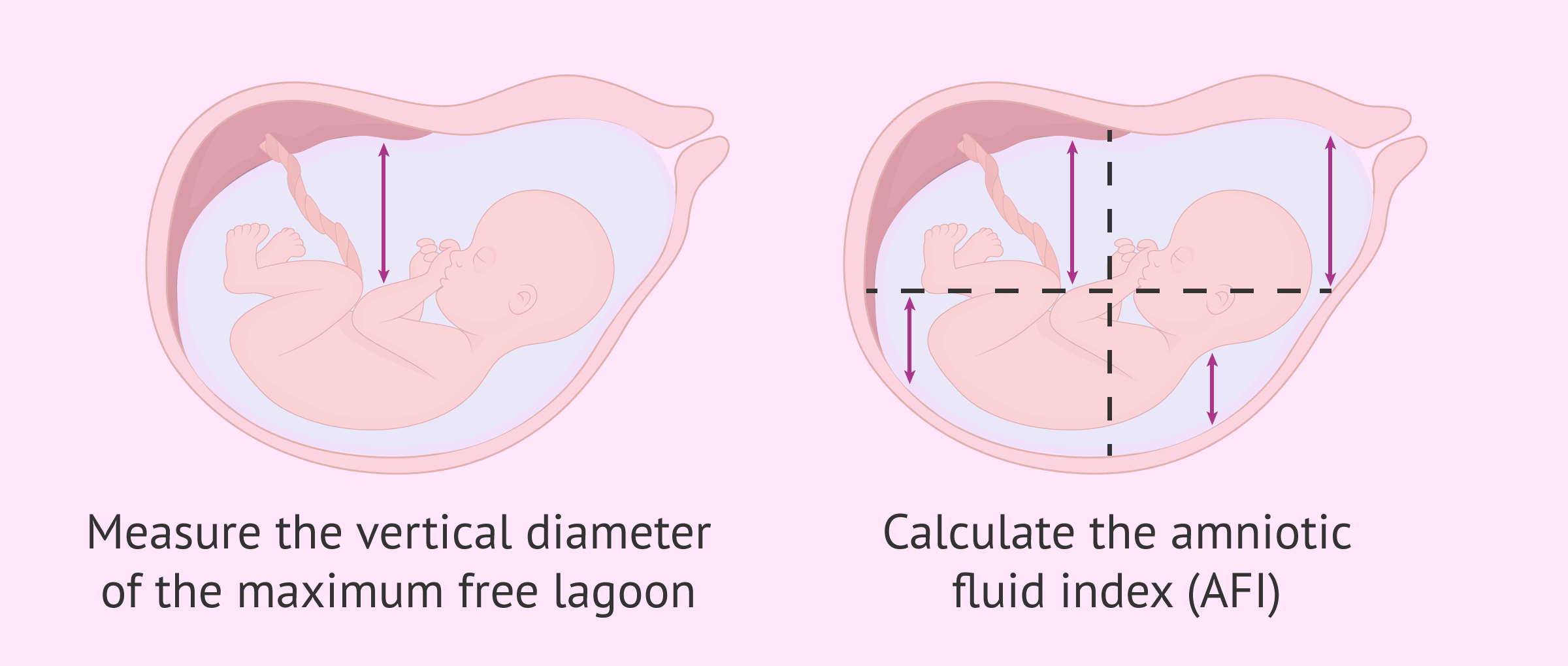The excess or deficiency of amniotic fluid can pose a risk to fetal development. For this reason, the amount of amniotic fluid is assessed by ultrasound during pregnancy check-ups.
There are two basic methods for making this measurement:
- Measure the vertical diameter of the maximum free gap. This consists of measuring as much of the amniotic fluid within the quadrant as is free of fetal parts and the umbilical cord.
- Calculate the amniotic fluid index (AFI). The measurement is done the same as in the interior case, but the quadrant is divided into four parts and then the four measurements obtained are added.
If the amount of amniotic fluid is less than the range established as normal, the woman is said to have oligohydramnios. On the other hand, if the amount of amniotic fluid is greater, the alteration is known as polyhydramnios.
Read the full article on: Amniotic fluid: what is it and what is it used for in pregnancy? ( 52).
By Zaira Salvador B.Sc., M.Sc. (embryologist) and Cristina Algarra Goosman B.Sc., M.Sc. (psychologist).
Last Update: 03/28/2022
